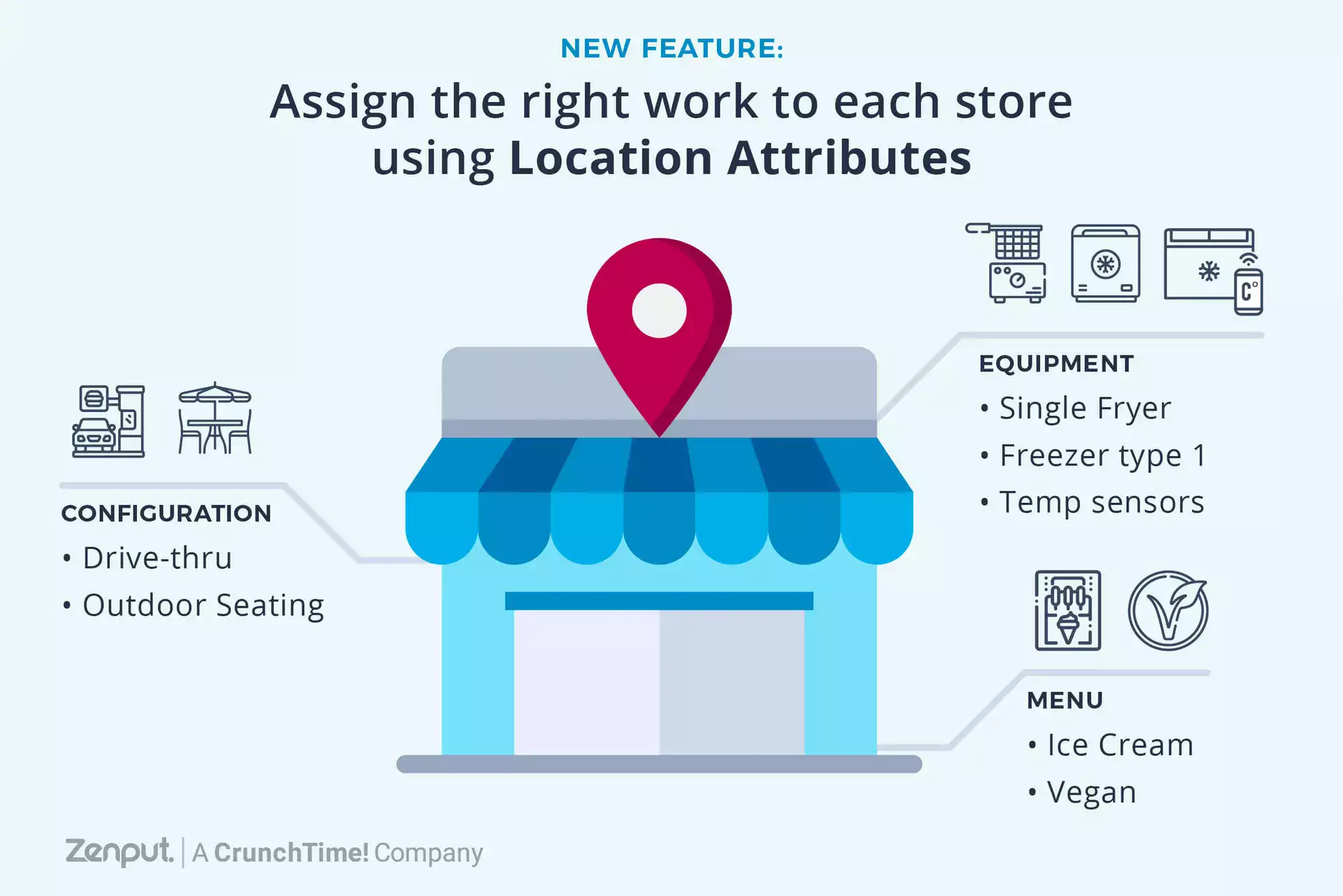As I sit on an airplane reflecting on restroom cleanliness, my friend has just stood up to use the facilities. (Inconveniently, he has a window seat.) It’s the reason why I wouldn’t join him in having a coffee before the trip. I tend to avoid public restrooms whenever possible, but sometimes you don’t have a choice—like when you’re 30,000 feet in the air!
How important is bathroom cleanliness in the world of convenience retail? According to a recent report by Convenience Store Decisions, it does impact your business.
“Bathrooms likely have a larger impact on inside store sales than some retailers realize,” David Bishop, managing partner at consulting firm Balvor LLC, told the magazine. From working with a c-store retailer, he learned that one out of every 10 customers walking into the store visited the bathroom. However, none of these customers indicated that using the bathroom was the primary reason for their trip. “In other words, having great restrooms isn’t pulling customers into the store like a good promotion does,” Bishop explained. However, a dirty bathroom can “push customers right back out the door—especially if the customer had interest in prepared foods where both your hands and a stranger share a sandwich through touch.”
Why are restrooms so memorable? Probably because they put most of our senses on guard, including sight, touch, sound, and smell. That’s how you should be auditing—in consideration of the senses.
Sight
- (Safety first): No smoking signs are posted.
- Smoke detectors are present and working (should have indicator light).
- “Employees must wash hands before returning to work” signs are posted in correct location.
- Toilets flushed and seats clean.
- Toiler paper is present in each stall.
- Stall doors lock.
- Trash cans are emptied.
- Floor is mopped.
- Mirrors wiped down.
- Sinks are free of debris.
- Hygiene products, if offered, are stocked.
Touch
- Soap containers are filled and working.
- Hand-dryers/soap dispensers are working.
- Cold/warm water is working and at safe temperatures.
Sound
- Light music is playing. (It could help diffuse the sound of sinks and toilets.)
- Smoke alarms are installed.
Smell
- The bathroom is properly deodorized.
- The bathroom smells like smoke. (That should trigger an alert/action from senior management.)
Other important things to audit:
- Is there an employee schedule/checklist to ensure the bathroom is being cleaned periodically?
- Are the proper supplies available to clean the restroom?
- How does the temperature of the bathroom compare to the rest of the store/restaurant? (Is the customer comfortable here?)
Ratings and Photos
Some of the variables above may require more than a “yes” or “no” answer. That’s when it’s helpful to have more options, including a ranking system. Zenput allows senior management to set parameters on restroom audits. For instance, you can set the bar that all of the restrooms throughout your network must be rated a “6” or above on cleanliness entries.
With maintenance issues like dirty floors, a full trash can, or defective stall doors, field managers can take a photo and upload to their audit. Based on this photo, a task can then be assigned to fix this problem. The manager or staff addresses the problem and a new photo is shared for verification. Once verified, the task is marked complete.
Restroom audits come down to employee accountability and a brand’s definition of “clean.” If you rely on your staff to clean restrooms, make sure that the same person isn’t getting stuck with this task. A good employee could get frustrated and leave if other employees aren’t pitching in to help.
Define “clean” as a company/brand. Don’t forget that you set the bar by having clearly defined parameters. Developing a restroom audit can help you define those parameters, so go ahead and get started!
Subscribe to our blog
You are now subscribed!


